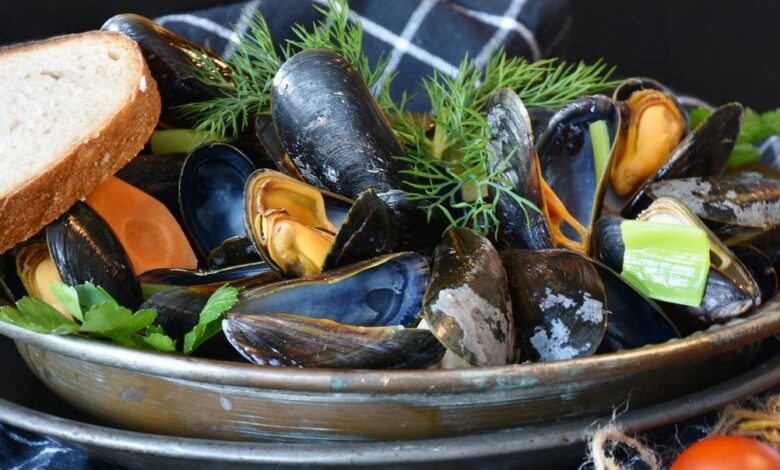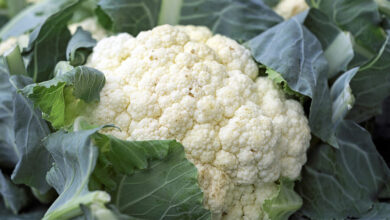Mussels: Health Benefits And Side Effects

History Of Mussel
Mussels are small bivalve molluscs that inhabit the entire oceans. Mussel shells close so tightly that in Japan this seafood is considered a symbol of a love union. At the wedding, a traditional soup made from these molluscs is sure to be served.
Mussels were collected and eaten by ancient people. Then they were specially bred by the Irish in the 13th century. They lowered oak trunks into the water, dropping mussels with eggs on them. After a year or two, a colony formed, the molluscs grew up, and they were collected. The colony can grow up to 10 meters in diameter.
Mussels can form small pearls: if a particle of sand or a pebble gets inside, mother-of-pearl gradually envelops it to protect the delicate body of the marine life.
The ancient method of collecting mussels is still used by the Eskimos in the Arctic regions. Since the water is covered with a thick crust of ice, people wait for low tide and look for cracks to get shellfish through. Sometimes the Eskimos even go down under the ice to the bottom.
The Benefits Of Mussels
Mussel meat mainly consists of protein, which is easily digestible. Despite their high fat content, shellfish do not become harmful to people who monitor cholesterol levels. Mussels contain precisely polyunsaturated fatty acids, which are required for good brain function.
Mussels are rich in various trace elements: sodium, zinc, iodine, manganese, copper, cobalt and others. They also contain a lot of B vitamins, as well as E and D. Essential antioxidants help restore the health of weakened people, reduce the impact of the harmful oxidative process.
A large amount of iodine makes up for the lack of this trace element in the body. Mussels are especially beneficial for people with underactive thyroid.
Mussels are a good source of zinc, due to the absence of substances in them that prevent its absorption. Amino acids in the composition of the shellfish improve the solubility of zinc, which is necessary for the synthesis of many enzymes. Zinc is found in insulin, is involved in energy metabolism, so it helps to reduce weight by speeding up metabolism.
It has been proven that regular consumption of mussels reduces inflammation, strengthens the immune system, which is extremely useful for diseases such as arthritis. The meat of this mollusc even reduces the risk of oncology and the degree of exposure to radiation on the body.
The Composition And Calorie Content Of Mussels
| Calories per 100 grams | 79 kcal |
| Squirrels | 11.5 g |
| Fats | 2 g |
| Carbohydrates | 3 g |
The Side Effects Of Mussels
The main danger of mussels lies in their ability to filter water and retain all harmful impurities. One mollusc can pass up to 80 litres of water through itself, and gradually the poison sax toxin accumulates in it. A large number of mussels collected in polluted water can harm the body. Raw clams are even more dangerous, including due to possible parasites.
When digesting mussels, uric acid is formed, which is dangerous for patients with gout.
Mussels can also cause allergies, so they must be introduced very carefully into the diet of allergic people suffering from asthma, dermatitis, rhinitis and other similar diseases. The danger is that intolerance to the product may not appear immediately and inflammation of the mucous membranes and swelling will increase gradually.
The Use Of Mussels In Medicine
In medicine, mussels are recommended for people with a lack of iodine in their diet, to strengthen the body, weakened by the disease. Mussels are also suitable as a diet food, but not canned ones – their calorie content is significantly higher. In the nutrition of athletes, mussels will also not be superfluous – they contain more protein than beef or chicken, which is important for increasing muscle mass.
Also, various extracts are extracted from mussels, which are later used in cosmetology, adding to creams, masks. Mussel meat hydrolysate is used as a food additive. This is a concentrated dry protein in the form of powder or capsules, which increases immunity and endurance of the body.




